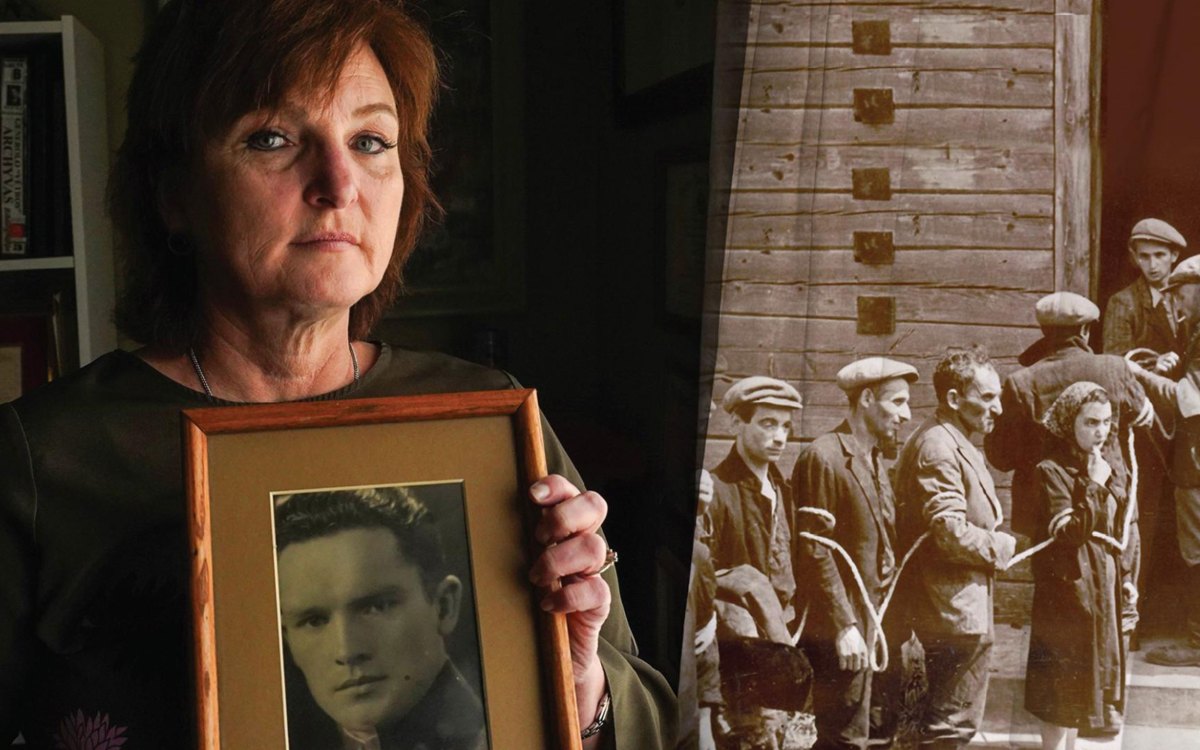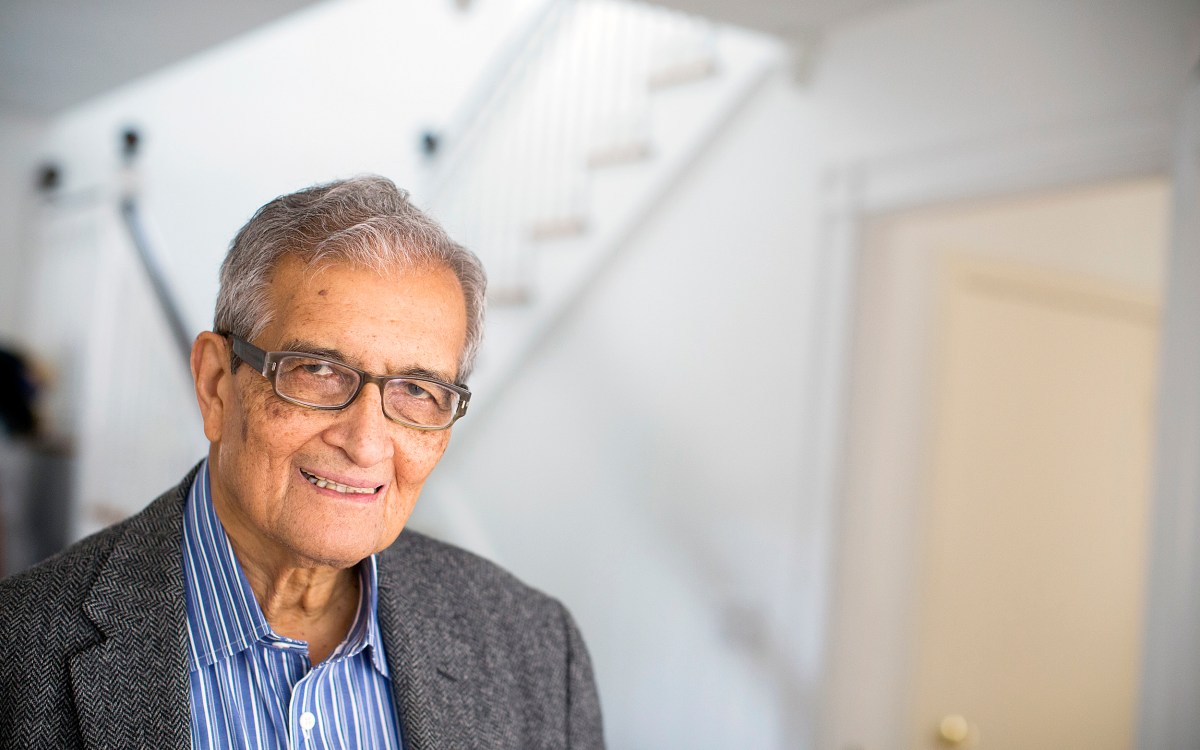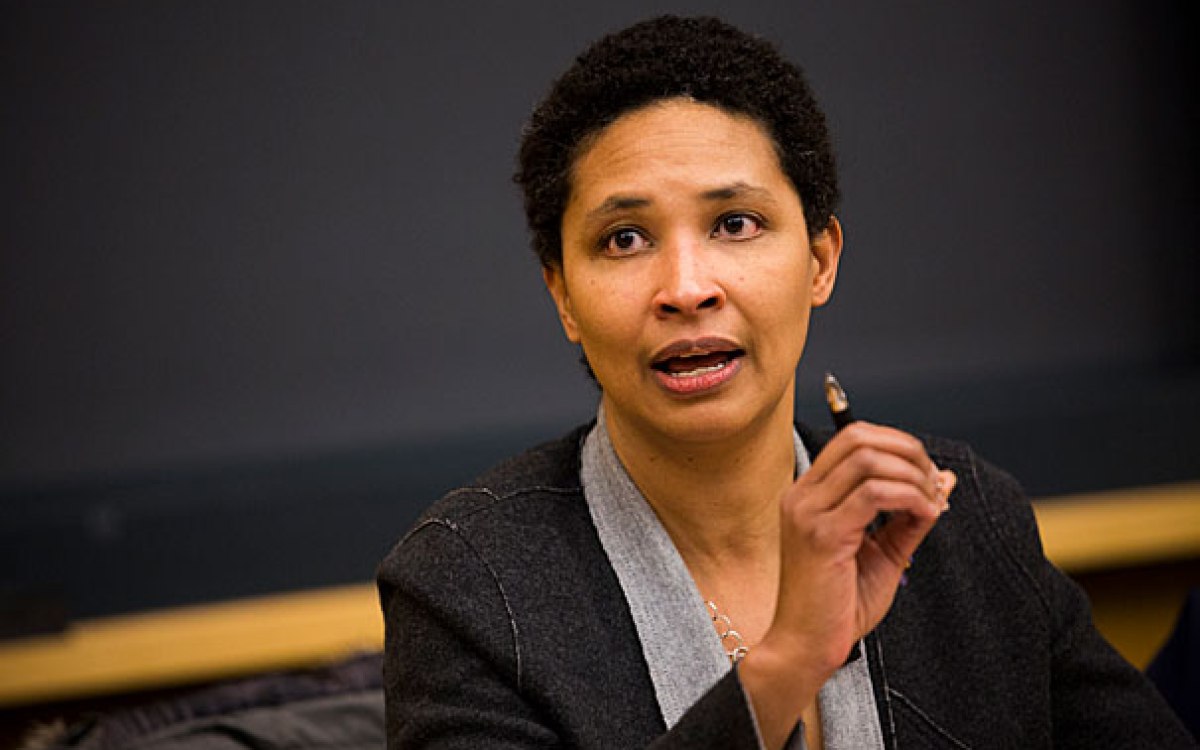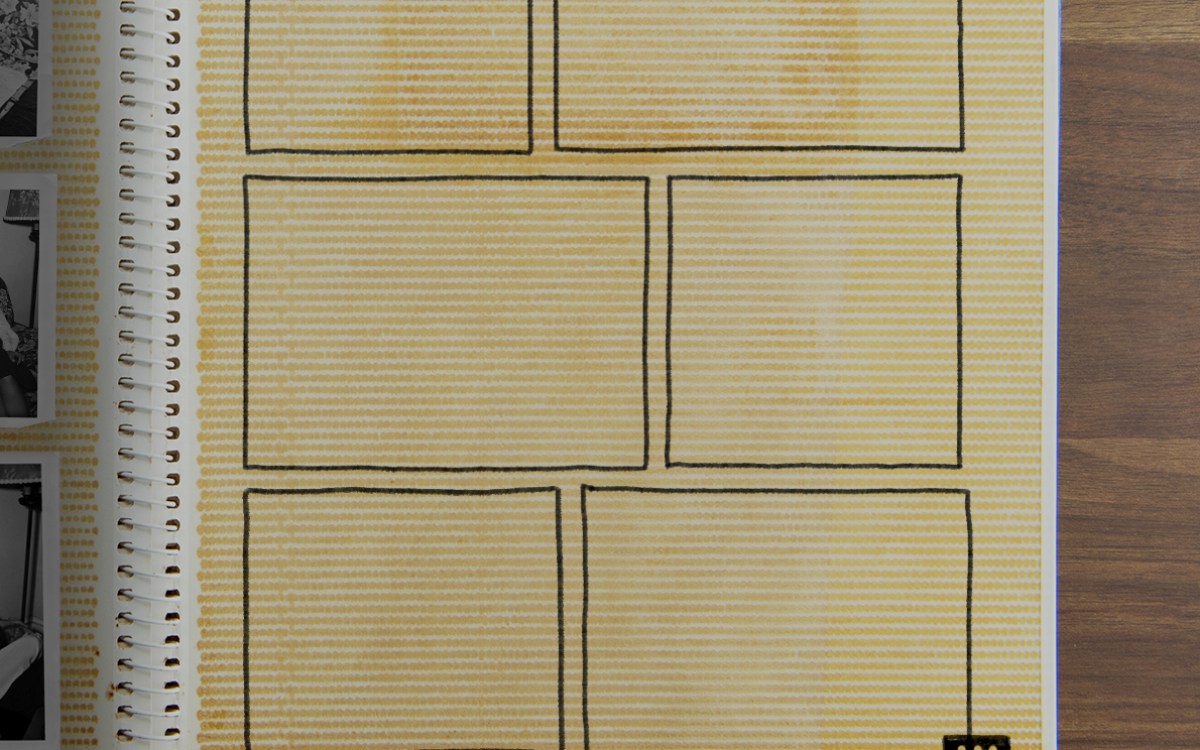
Kris Snibbe/Harvard Staff Photographer
Susan Suleiman reflects on resilience, girlhood, and identity in memoir
Emerita professor recalls childhood as Holocaust refugee in ‘Daughter of History’
Susan Rubin Suleiman remembers running, her mother’s hand in hers, as the sun rose.
She was 5, and her mother had woken her in the middle of the night and hurried her out of their Budapest apartment house. Earlier her mother had ripped the yellow star off her jacket. The two of them walked past the soldiers and the concierge whose job it was to prevent Jews from leaving. Nobody stopped them.
It was only as an adult that Suleiman, C. Douglas Dillon Professor Emerita of the Civilization of France and professor emerita of comparative literature, would learn through research that their building had been designated one of 2,000 yellow-star houses in the Budapest ghetto, where Jewish residents were forced to live starting in June 1944. The night they fled was in October 1944 when the houses had been sealed off, and Jewish residents were not permitted to come or go.
Suleiman recounted the vivid memory early in her new memoir, “Daughter of History: Traces of an Immigrant Girlhood,” which tells the story of her journey from Holocaust refugee to American teenager.
“What does a 5-year-old understand?” Suleiman said in an interview in May. “It’s interesting writing memoirs, the way you can go back and forth in time. Sometimes you’re the adult who knows, and other times you’re back in the mind of the child who doesn’t know.”
Suleiman, who taught in Harvard’s Faculty of Arts and Sciences for more than 30 years, retired from full-time teaching in 2015 and now lives in Maryland, though she returns to Cambridge regularly. The memoir was a pandemic project, born of long hours spent at home journaling.
“For those of us who write, when you are stuck at home the only thing you can possibly turn to for solace is to start looking inward,” Suleiman said.
Suleiman insists the memoir is “not a Holocaust book,” although she does delve into that history. Rather, it’s about family, identity, and growing up.
“It’s interesting writing memoirs, the way you can go back and forth in time. Sometimes you’re the adult who knows, and other times you’re back in the mind of the child who doesn’t know.”
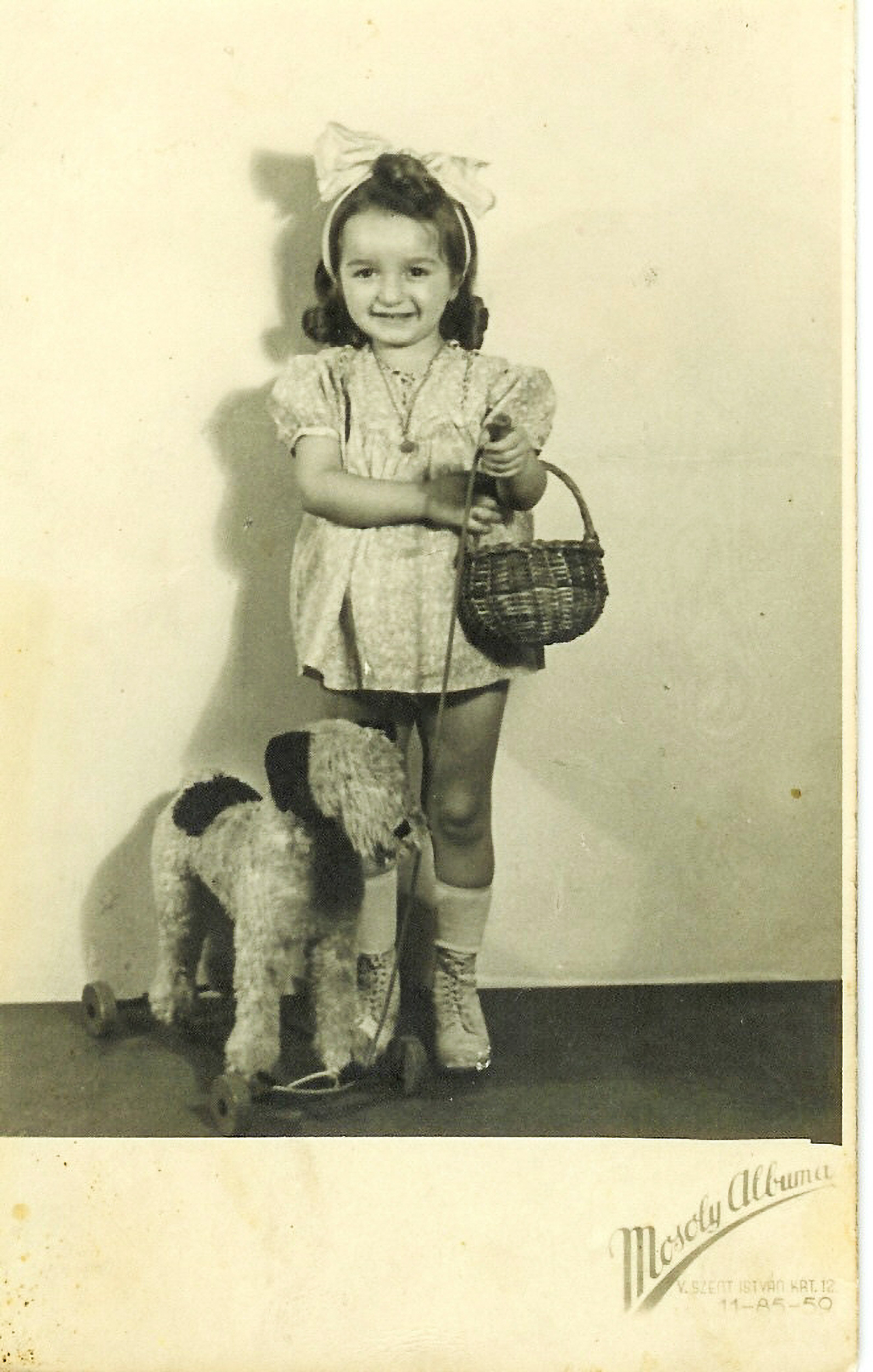
Susan Suleiman in Hungary in 1944.
Courtesy of Susan Suleiman
One source of inspiration was old family objects she had around her house: a silver pin that belonged to her mother, a chess set that belonged to her father, and, of course, old black-and-white photographs. One shot, dated 1944, shows 4-year-old Suleiman with bows in her hair posing at a photographer’s studio in Hungary.
In the book, Suleiman reflected on her mother’s decision to take her to a photography studio, a surprisingly normal event at the height of World War II while both her father and uncle were in forced labor camps.
“Photographs are just very evocative objects,” she said. “For writers they are a wonderful jumping-off point, certainly for a narrative, because they beg to be interpreted.”
“Daughter of History” is the 83-year-old’s second memoir. Her 1996 book “Budapest Diary: In Search of the Motherbook” chronicled her return to Budapest as an adult on vacation with her two sons while recalling her childhood there.
While “Daughter of History” draws on her personal memories, she also did extensive historical research and used documents such as her parents’ emigration papers and her college transcript to help fill in gaps and inconsistencies. She remembered certain pivotal moments, such as fleeing her family’s Budapest home, but the sequence was often fuzzy.
“I think that the truth of a memory is incontestable. How you felt, the horror, or the shock, or the beauty, or the joy — that is solid, that is real, and that’s the truth of it,” Suleiman said. “But as to whether it occurred in March or April or January of this year or that year, you figure that out by putting your memories against every piece of historical documentation that you can get.”
Suleiman said writing this book made her think about the notion of resilience — her own and that of other child survivors and of how their trauma may impact them in adulthood.
“Resilience allows you to put the past behind you to some degree and move on,” Suleiman said. “Resilience is a good thing, but like all good things it has a price. Really it was in writing this book that I fully became aware of the price.”
One of these prices was her own attempts to forget her origins in order to assimilate to a new country. After her family’s long journey from Hungary to Austria, France, Haiti, and finally the U.S., Suleiman recalled feeling desperate to put down roots and be like the “normal” American girls at school and in magazines.
“The way that immigrants are driven to give up their earlier identity and to take on this American-ness on one hand is very good — they become successful Americans — but on the other hand one of the prices is forgetting who you are,” Suleiman said.
Despite a desire for stability in childhood, Suleiman regained her love for travel as an adult and has spent a lot of time in France and Budapest. She travels to Paris about once a year but always books her travel as a round trip, instead of a one-way, leaving open the option to return. She thinks of the round-trip ticket as a metaphor for being able to embrace both her European and American identities without having to choose just one.
“It’s not the anxiety-filled travel of the refugee and it’s not the anguish of the displaced person who never knows where they will end up,” Suleiman said. “It’s the freedom actually to embrace more than one culture and more than one identity.”



